Favorable conditions
Firstly, the era of national development requires breakthroughs in mobilizing and optimally using the country's resources.
The Central region has abundant marine resources, which is a solid foundation for the development of the marine economy : i- Has a large fishing ground, rich in seafood of high economic value, which is a favorable condition for the development of the exploitation and aquaculture industry as well as processing and export, contributing to job creation and income improvement for local people; ii- Rich in marine resources and minerals, contributing greatly to the national budget; in addition, the Central region has large reserves of white sand and minerals (1) serving the construction industry; iii- Has the potential to develop renewable energy, such as wind power, solar power, tidal power, etc.; iv- Has great potential for tourism development due to its many beautiful beaches, bays, lagoons, islands and a rich system of cultural heritage and natural heritage.
Tourism development is a highlight in marine economic sectors, helping the Central region become a strong maritime region, rich from the sea_Photo: VNA
The Party and the State always pay attention to the comprehensive development of the Central region, especially the marine economy. Resolution No. 36-NQ/TW, dated October 22, 2018, of the 8th Central Conference, Session XII, "On the Strategy for Sustainable Development of Vietnam's Marine Economy to 2030, with a vision to 2045" affirms: Vietnam must become a strong maritime nation, rich from the sea, with sustainable development, prosperity, security and safety. Resolution No. 26-NQ/TW, dated November 3, 2022, of the Politburo , on "Socio-economic development and ensuring national defense and security in the North Central and Central Coast regions to 2030, with a vision to 2045" aims to: The development of the North Central and Central Coast regions must be consistent with national development strategies, especially the Strategy for sustainable development of Vietnam's marine economy, focusing on developing marine economic sectors to become a region strong in the sea, rich from the sea... This is an important orientation, demonstrating a comprehensive, clear, specific development path, approached based on new knowledge of humanity, keeping up with the times in ocean policy. On the basis of that policy, the Government and ministries and branches have concretized it with many policies, creating positive changes in marine economic development (2) , which is a favorable condition for the Central region to develop in the coming time.
Second, The era of the Vietnamese people's rise takes place in parallel with the era of science - technology, innovation and digital transformation associated with the green transformation trend.
Digital economy, circular economy, sharing economy, etc. are being chosen by many countries in the world and Vietnam, on the basis of increasing the application of achievements of the Fourth Industrial Revolution in economic development. This is an opportunity for the Central region to catch up with the general development trend, learn and strongly apply achievements in science - technology and innovation, which are important factors promoting sustainable development in the Central region, effectively exploiting resources from the sea associated with sustainable environmental protection.
Third, the Central region is an important gateway to the East Sea, directly connecting to important international shipping routes.
The development connection between countries, regions within each country and between sectors and fields is increasingly favorable and effective, such as cooperation between ASEAN and major countries; cooperation between the Greater Mekong Sub-region and cooperation in the Vietnam - Laos - Cambodia development triangle area is increasingly promoted. In addition, the increasing trend of shifting global value chains is an opportunity for Vietnam in general and the Central region in particular to choose and participate in the global and regional production and trade chains. With a coastline of nearly 2,000km, the Central region is an important gateway to the East Sea, directly connecting with important international shipping routes; an important bridge to the Central Highlands region through national highways and coastal roads. This not only helps increase the ability to circulate goods, but also promotes the development of marine tourism, seaport services and exploitation of marine resources, contributing to making the Central region become the center of the country's marine economy.
Fourth, Vietnam's international position and prestige have been enhanced, the political and social situation is stable, and Vietnam's level of international economic integration is increasingly deep and wide.
Vietnam has signed many free trade agreements (FTAs), including many new-generation FTAs, which are favorable opportunities to expand the market and attract investment in the Central region, especially in the marine economy. In particular, after more than 5 years of implementing Resolution No. 36-NQ/TW, with the efforts of ministries, branches and localities, the scale of the marine economy in the Central region has developed in a positive direction (3) . In particular, the scale, potential and competitiveness of the Central region's economy have been improved; the quality of economic growth has changed positively; the growth model has initially shifted to depth; the regional economic structure has shifted in a positive direction (4) ; the development of the coastal urban system (5) in the Central region has contributed to promoting comprehensive economic sectors towards the sea, green, circular, stable and sustainable (6) ; The seaport system is associated with industrial complexes, oil and gas, electricity, renewable energy, and clean industry built in coastal economic zones (7) ; marine tourism has become a key industry of many localities in the region (8) . These results have created favorable conditions for the Central region to continue to promote its potential and advantages, creating a driving force to promote development cooperation with neighboring regions.
Identify the challenge
Firstly, institutions and resources have not yet met the requirements for the Central region to develop strongly in the sea and become rich from the sea.
The implementation of Resolution No. 36-NQ/TW still has some shortcomings, such as the development of master plans and marine spatial planning is still slow and lacks synchronization; the set of national criteria for a strong sea and rich from the sea has not been institutionalized. The arrangement of financial resources to carry out tasks and breakthrough solutions in marine economic development still has many difficulties. In particular, the marine human resources of the Central region, especially high-quality human resources to serve new marine economic sectors, are still limited. The system of marine science and technology research facilities and small-scale marine human resource training still faces many barriers in development. Marine observation and forecasting facilities, search and rescue centers, etc. are still small in scale, with outdated technical equipment and limited staff capacity. The team of technical experts with capacity and practical experience to implement projects is still lacking. The regime and policies for this team are somewhat inadequate,...
Currently, the socio-economic infrastructure in the Central region is still lacking and weak, not connected, especially the inter-provincial and inter-district transportation system, connecting highways, "fishbone" roads connecting the mountainous areas and the Central Highlands... The role of seaports, transshipment, transit, and goods exchange hubs... with the ASEAN region and the world has not been promoted (9) . Maritime infrastructure, seaports, and international logistics services are still developing slowly, the level of modernization is not high. Coastal economic zones and seaports have not developed commensurate with their potential and advantages (10) . Means and techniques for fishing are still traditional, low-efficiency, and have negative impacts on the environment.
Second, natural disasters and climate change are negatively affecting the development of the marine economy in the Central region.
Frequent natural disasters, such as tropical depressions, storms, floods, etc., cause serious damage to infrastructure, especially coastal areas (11) , erode the coastline, destroy land and affect economic activities in coastal areas. Climate change leads to rising sea levels, increasing the risk of saltwater intrusion in low-lying coastal plains (in Nghe An and Quang Nam provinces), etc., reducing agricultural and aquaculture productivity and causing freshwater shortages. Temperature changes and ocean acidification have a strong impact on marine ecosystems. Aquatic resources are declining due to changes in the habitat of species, directly affecting fishing activities.
In addition to the risks from natural disasters and climate change, a number of other risks, along with the problem of marine environmental pollution due to waste from coastal industrial zones, agriculture and tourism, have seriously reduced coastal aquatic resources. In particular, non-traditional security issues have become more severe, especially in border areas and remote and rugged areas. Hostile forces have taken advantage of issues of democracy, human rights, religion, ethnicity, and peaceful evolution to sabotage our country's revolution in some areas, causing difficulties and challenges for the Central region in combining economic development with ensuring national defense and security, especially security on the land border and firmly protecting the rights and sovereignty of the sea and islands of the Fatherland.
Third, international economic competition and integration bring many opportunities, but also pose many challenges for the Central region in developing the marine economy.
International competition in the development of the marine economy, especially in fisheries and port services, is increasingly fierce. With advanced infrastructure, technology and modern supply chains of some countries in the region, the demand for improving competitiveness for the Central region is required. The Fourth Industrial Revolution brings great opportunities, but also poses great challenges in terms of research capacity, absorption and ability to catch up.
In particular, economic integration through free trade agreements requires the maritime economy of the Central region to meet standards on product quality, environment, governance, etc. Meanwhile, the adaptability of local enterprises is still low, especially in aquaculture and seafood processing, so the potential from free trade agreements has not been fully exploited. In addition, fluctuations in prices and international market demand also increase risks for seafood export activities and seaport services.
Fourth, the limitations in cooperation and linkage between localities in the Central region do not meet the current requirements for marine economic development.
In general, the linkage between localities in cooperation in developing the marine economy in the Central region has only stopped at the general policy, the implementation is mainly spontaneous, there is no effective and efficient coordination mechanism, little attention is paid to policies and solutions for linkage and investment coordination, not starting from the need for linkage, from the implementation of construction, implementation of regional planning and planning of each locality.
Breakthrough solutions to develop the Central Highlands region to be strong in the sea and rich from the sea
The Politburo has proposed the merger of some Central provinces with the Central Highlands, opening up many opportunities for the Central provinces to develop. Accordingly, the new localities will have more room for sustainable development. In the era of national development, in order for the Central Highlands - Central region to be truly strong in the sea and rich from the sea, it is necessary to synchronously implement a number of the following breakthrough solutions:
First, perfect the institution for developing the Central Highlands region to be strong from the sea and rich from the sea.
It is necessary to soon institutionalize a set of national criteria for a strong sea and rich from the sea as a basis for implementing economic development activities in the Central region. At the same time, research, develop and promulgate the Law on Regional Development, which sets out the objectives and principles for developing policies and laws on regions, regulations on the organizational structure for leadership and management of regional linkages, defining the responsibilities and obligations of parties participating in regional linkages; rights, responsibilities and obligations of parties participating in linkages... This Law can also mention linkage areas according to the Central direction, such as planning/planning; infrastructure construction (main roads, seaports, airports, urban development, etc.); resource use; response to climate change...
Second, comprehensively develop culture and society, improve the quality of human resources, increase the application of advanced science and technology to serve the development of the marine economy associated with ensuring national defense - security and sovereignty. maritime rights, island.
Comprehensively develop human resources, especially human resources in science, technology and innovation. Take advanced, modern science, technology and high-quality human resources as breakthrough factors in developing the marine economy in the Central Highlands region in conjunction with ensuring national defense, security and sovereignty over seas and islands. Focus on training and developing marine, ocean science and dual-use technology. Pay attention to attracting investors with financial capacity, technology and advanced management skills to develop the marine economy in the Central region in conjunction with ensuring national defense, security and sovereignty over seas and islands.
Exploit and promote effectively the natural, historical and cultural heritage of the sea and islands to serve the development of marine tourism associated with ensuring national defense - security and protecting national sovereignty over the sea and islands. Invest in upgrading cultural institutions related to the sea, islands and oceans in the Central - Central Highlands region. Build a solid position of people's hearts on the sea and islands; improve the capacity of law enforcement forces at sea.
Politburo member and Prime Minister Pham Minh Chinh inspects the construction progress of the bridge across Thuan An estuary and the coastal road project through Thua Thien Hue province_Photo: baochinhphu.vn
Third, build dual-use infrastructure ( 12 ) to apply in the process of building infrastructure systems in the region, especially transportation systems, ports, airports as well as some items in economic zones, industrial zones, and coastal high-tech zones.
In particular, it is necessary to focus on developing the expressway system and completing the coastal road. Researching investment and upgrading the horizontal expressway connecting the international border gate with the seaport. Upgrading and increasing the efficiency of exploiting 9 existing airports in the Central region. Developing a number of seaports into special seaports and specialized ports. Gradually modernizing the North-South railway through the Central - Central Highlands region. Researching and investing in the construction of a railway connecting the Central region with the international border gate in the region. In particular, when building infrastructure for economic zones and coastal urban areas, it is necessary to ensure the principle of adaptation to climate change (13) .
Fourth, strengthen the connection between the Central Highlands and the economic zone in developing the marine economy in conjunction with ensuring national defense, security and sovereignty over seas and islands.
Innovate the policy-making process towards implementation from the central to local levels, especially policies related to development planning and resource allocation. Enhance the role of the Government and the Central Region Development Coordination Board in organizing regional connectivity, planning, organizing implementation, and monitoring issued development policies.
Develop a set of criteria for selecting inter-regional projects; research and develop a mechanism for benefit sharing, financial sharing and revenue from regional connectivity programs and projects.
Forming a business association in the Central Highlands region to promote cooperation and connection between businesses in the Central region, especially small and medium enterprises; establishing a tourism association; establishing a tourism development fund in the Central region to mobilize resources for implementing cooperation and linkage programs and projects; building a tourism information database system and exchanging tourism information in the area.
Fifth, strengthen and expand foreign relations and international cooperation on the sea in all fields associated with ensuring national defense, security, and sovereignty over seas and islands.
Promote international cooperation on the sea to improve the effectiveness of management, use and sustainable conservation of the sea and ocean; closely follow international treaties, regional and international agreements on the sea and ocean that Vietnam has participated in; study participation in other important international treaties on the sea and ocean, with immediate priority given to the fields of resource management, environmental protection, and marine scientific research; promote participation in research, survey, exploration and exploitation of resources in international waters. Continue to promote international and regional cooperation to develop human resources, infrastructure in the sea and islands, apply modern science and technology to the marine economy, protect the environment, prevent and combat natural disasters and adapt to climate change, rising sea levels, and develop the defense industry.
Consistently implement the foreign policy of independence, self-reliance, diversification and multilateralization; resolutely and persistently fight to protect the country's sovereignty and legitimate and legal interests at sea by peaceful means on the basis of the United Nations Charter and international law to maintain a peaceful, stable and cooperative environment for national development.
In the new era, the Central Highlands region in particular needs to make the most of opportunities and advantages, push back risks and challenges, and work with the country to develop comprehensively, strongly, make breakthroughs and take off in order to successfully build a rich, prosperous, civilized, happy Vietnam, steadily moving towards socialism, standing shoulder to shoulder with the world powers./.
----------------------------
(1) The resources and minerals in the Central region are quite diverse and rich: accounting for 100% of chromite reserves, 60% of tin reserves, 20% of iron reserves, 44% of limestone and cement reserves of the whole country, distributed quite concentratedly in some localities, creating favorable conditions for exploitation and processing...
(2) Based on Resolution No. 36-NQ/TW, the Government issued Resolution No. 26/NQ-CP, dated March 5, 2020, "Issuing the Master Plan and the 5-year Plan of the Government to implement Resolution No. 36-NQ/TW dated October 22, 2018 of the 8th Conference of the 12th Party Central Committee on the Strategy for sustainable development of Vietnam's marine economy to 2030, with a vision to 2045"
(3) The average scale of the marine economy reaches nearly 50% of the region's GDP, in which the GRDP of the "purely marine" economy reaches about 10-15% of the region's total GDP.
(4) In 2020, the proportion of industry - construction and services will be 31.82% and 40.81% respectively; in 2023, the growth rate of the region's industry will reach 15.6%.
(5) By 2023, the urban area of the Central region will reach 35.4% of the total area of the coastal economic zone, a significant increase compared to 2010 (24.8%).
(6) In 5 major provinces and cities of the region (Da Nang, Quang Nam, Khanh Hoa, Ninh Thuan, Binh Thuan), there are 591 coastal projects, with a total planned area of 29,174 hectares.
(7) Currently, the Central region has 11/18 coastal economic zones of the country in operation.
(8) In 2023, total revenue from the tourism and travel industry will reach VND 4,715.7 billion (accounting for 13.30% of total revenue from the tourism and travel industry nationwide)
(9) See: Conclusion No. 25-KL/TW, dated August 2, 2012, of the Politburo, “Continuing to implement Resolution No. 39-NQ/TW, dated August 16, 2004 of the 9th Politburo to promote socio-economic development and ensure national defense and security in the North Central and Central Coast regions by 2020”
(10) See: Resolution No. 26-NQ/TW, dated November 3, 2022, of the Politburo, "On socio-economic development and ensuring national defense and security in the North Central and Central Coast regions to 2030, with a vision to 2045"
(11) Including seaports, tourist areas and aquaculture areas, etc.
(12) The bridge system on roads and railways, especially large bridges, must ensure the load capacity for performing military and defense tasks and must have plans to build camouflage works, diversions, bypasses, underground roads, auxiliary bridges... that are both economically and defense-effective... Research the possibility of converting the purpose of use of airports and seaports when necessary.
(13) 37 coastal cities in 12/14 provinces in the Region will be severely affected by climate change, in which flooding, water resource degradation due to salinity intrusion are major challenges to sustainable development in the Central region.
Source: https://tapchicongsan.org.vn/web/guest/thuc-tien-kinh-nghiem1/-/2018/1098202/giai-phap-thuc-day-khu-vuc-mien-trung---tay-nguyen-thuc-su-manh-ve-bien%2C-giau-tu-bien%2C-dong-gop-tich-cuc-vao-ky-nguyen-vuon-minh-cua-dan-toc.aspx


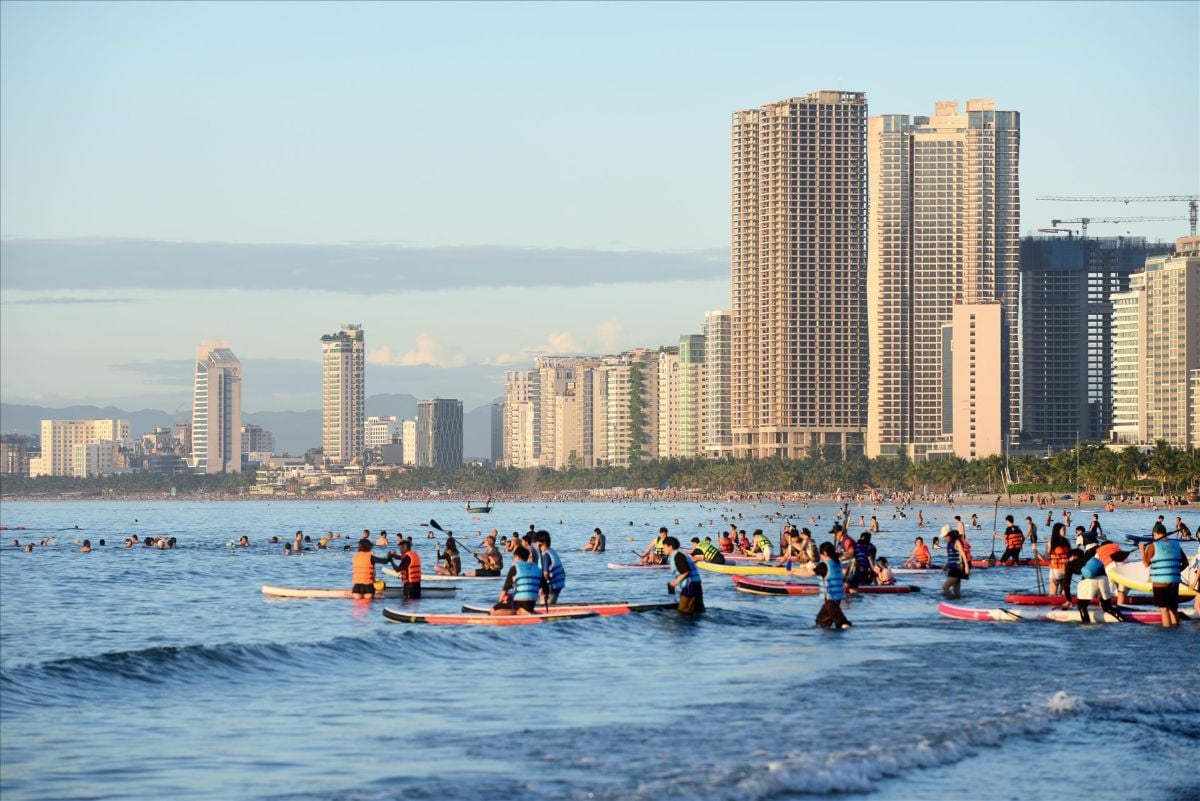
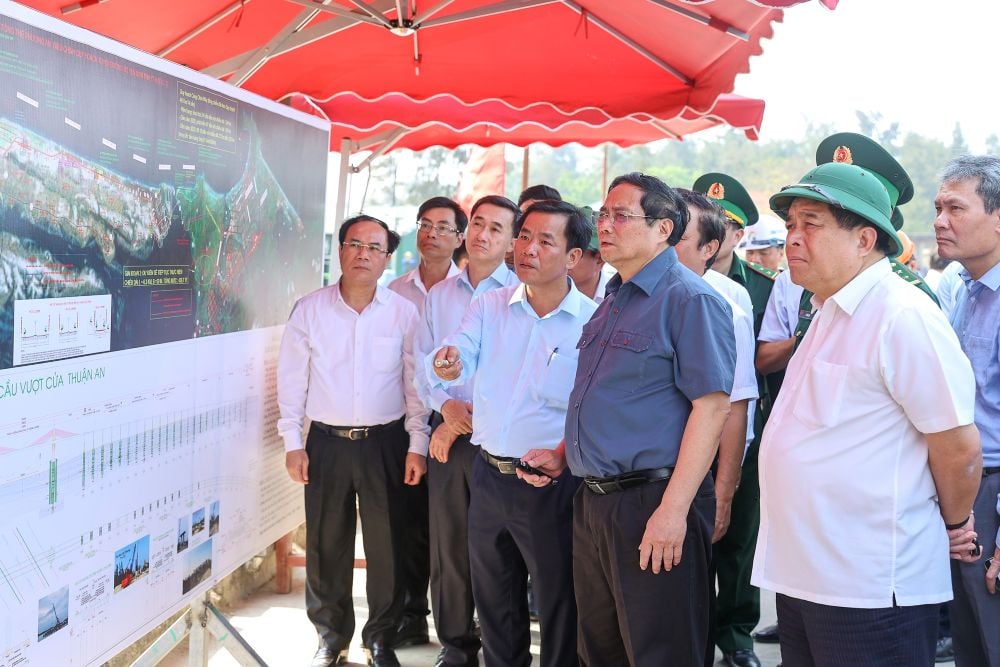



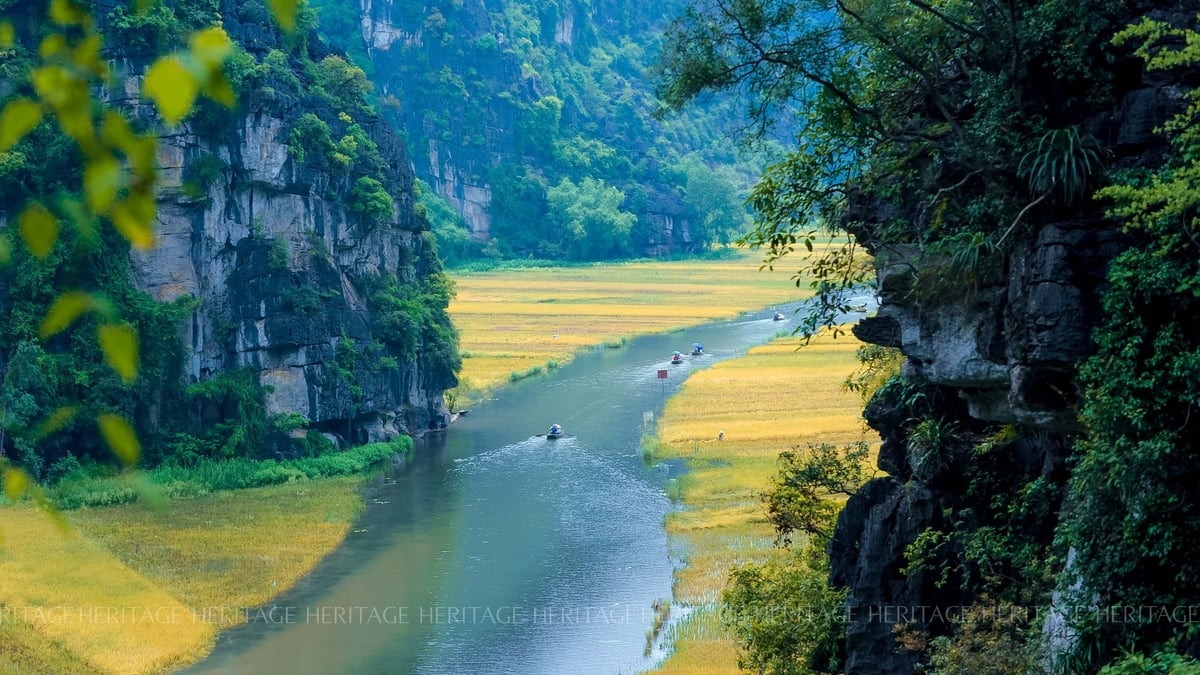
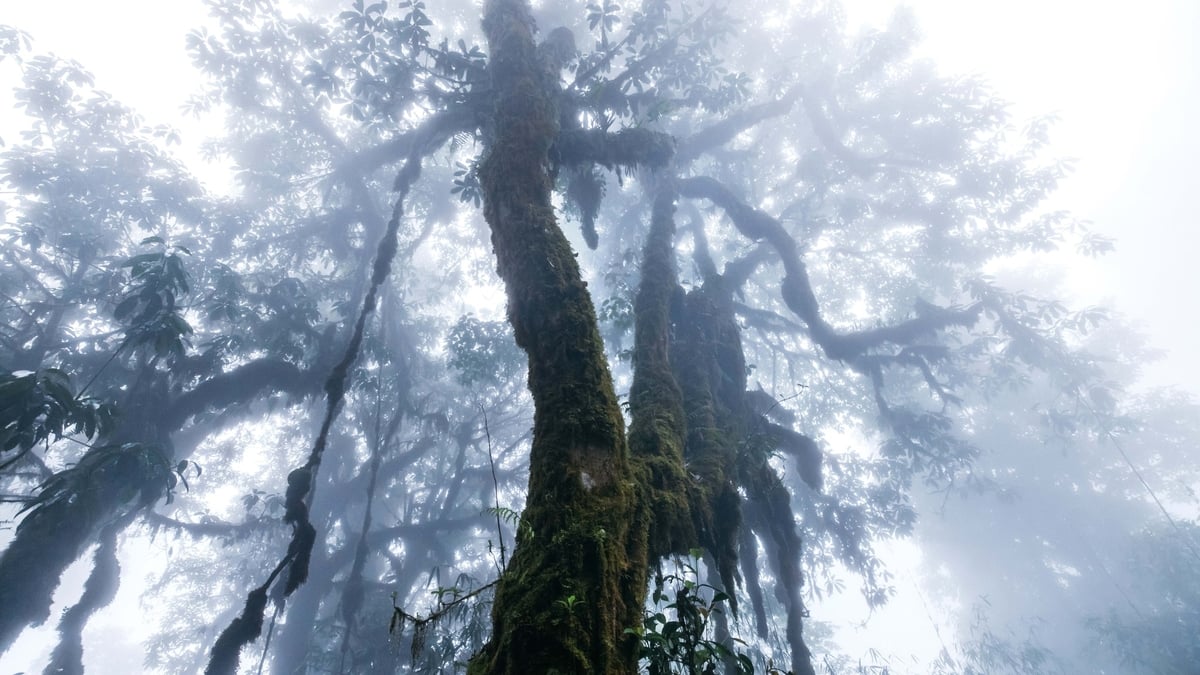
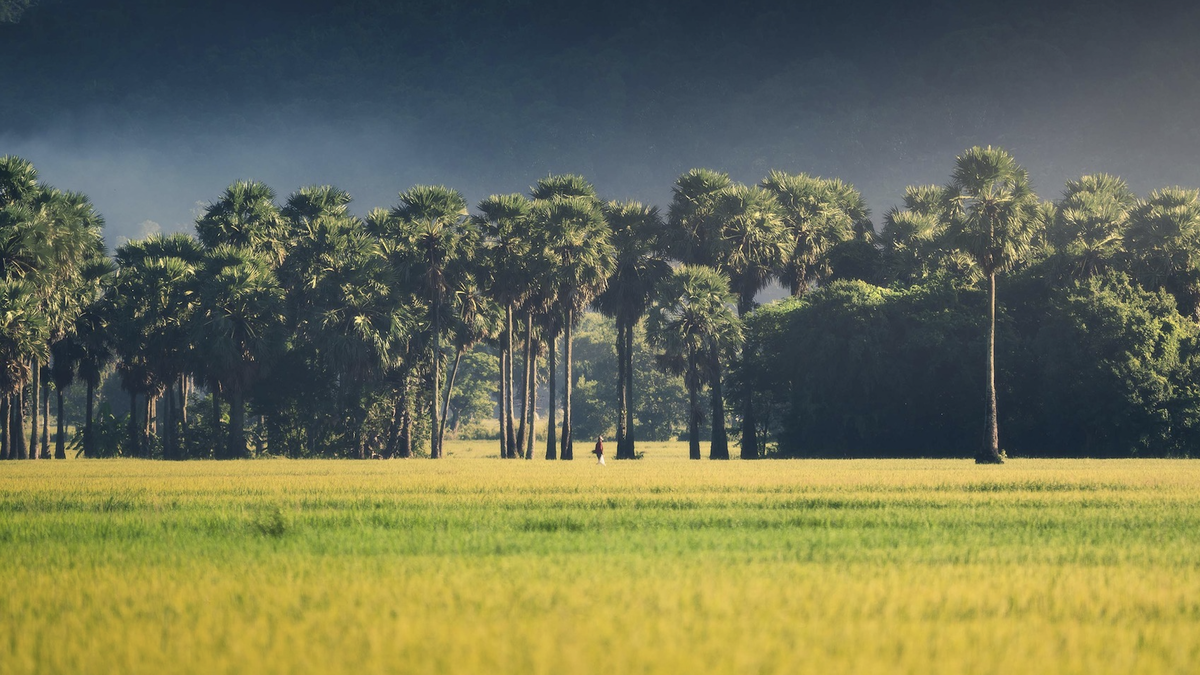


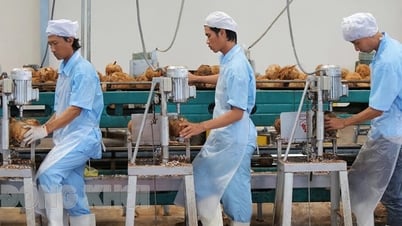

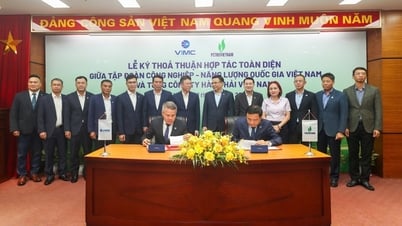

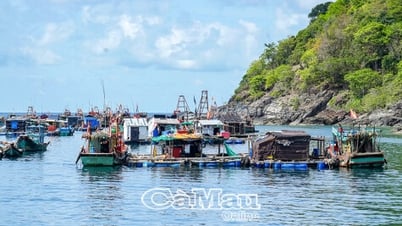

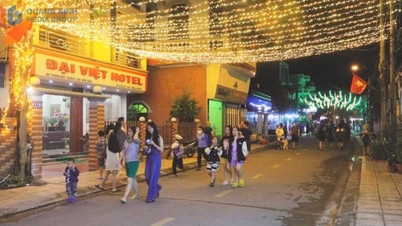

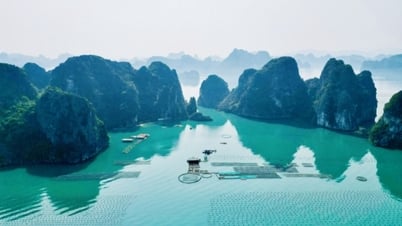
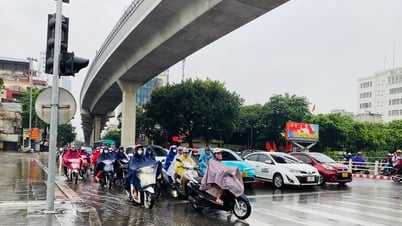


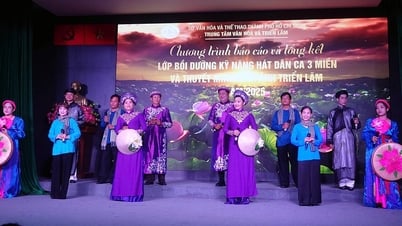

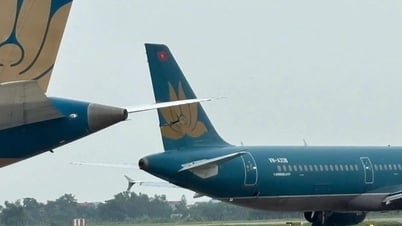
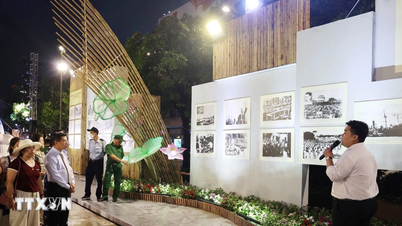









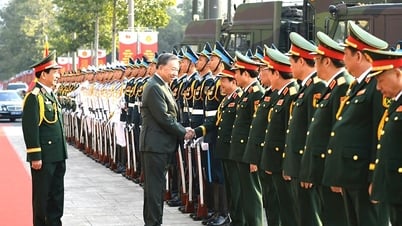

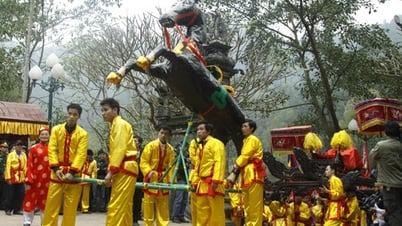



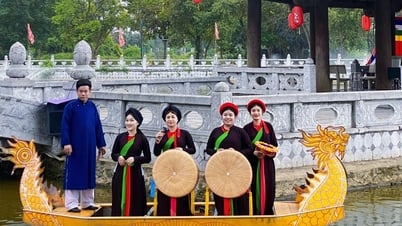
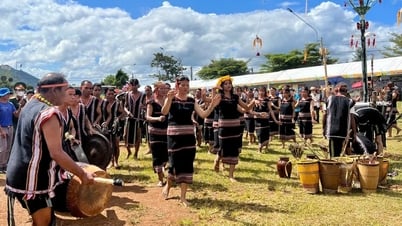

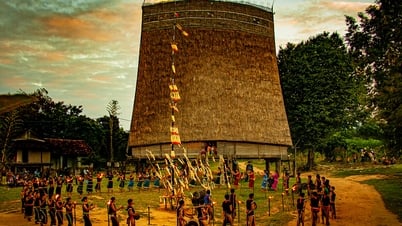


















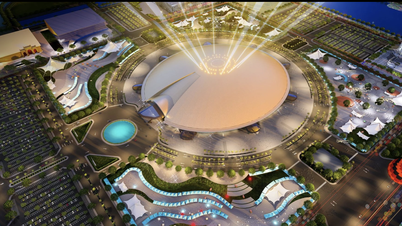



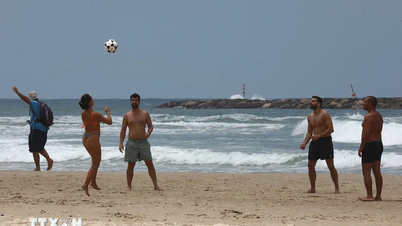

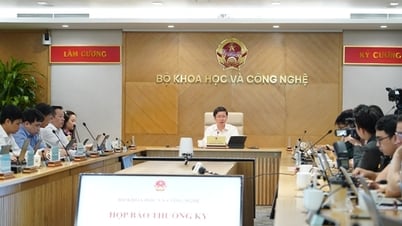







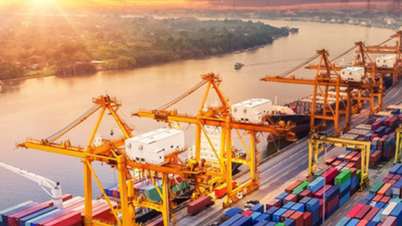






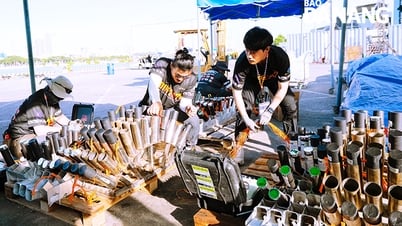















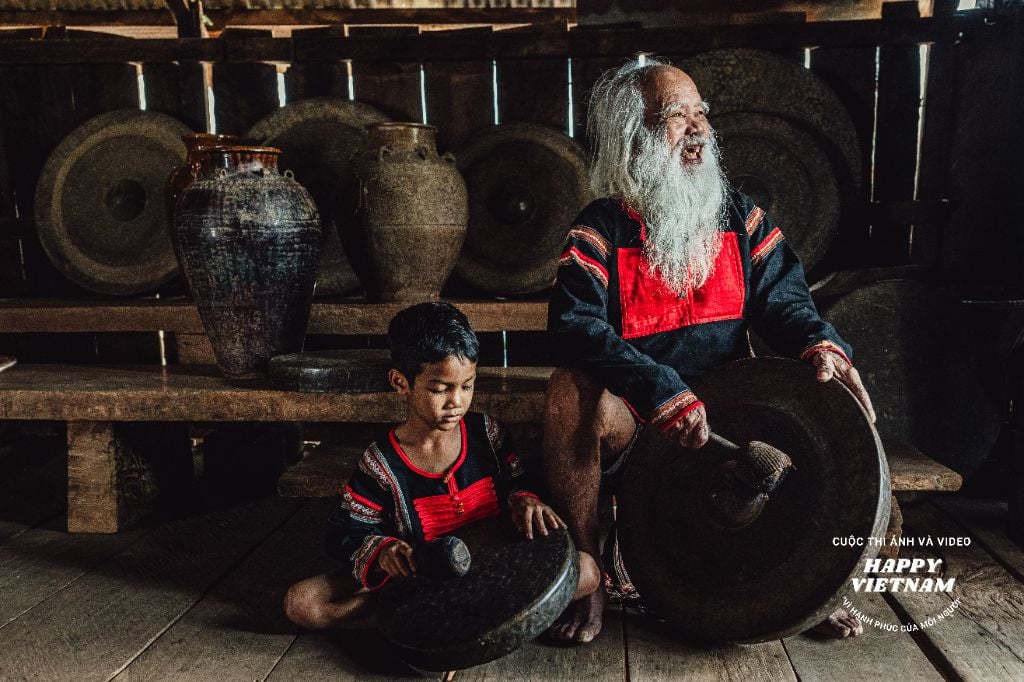
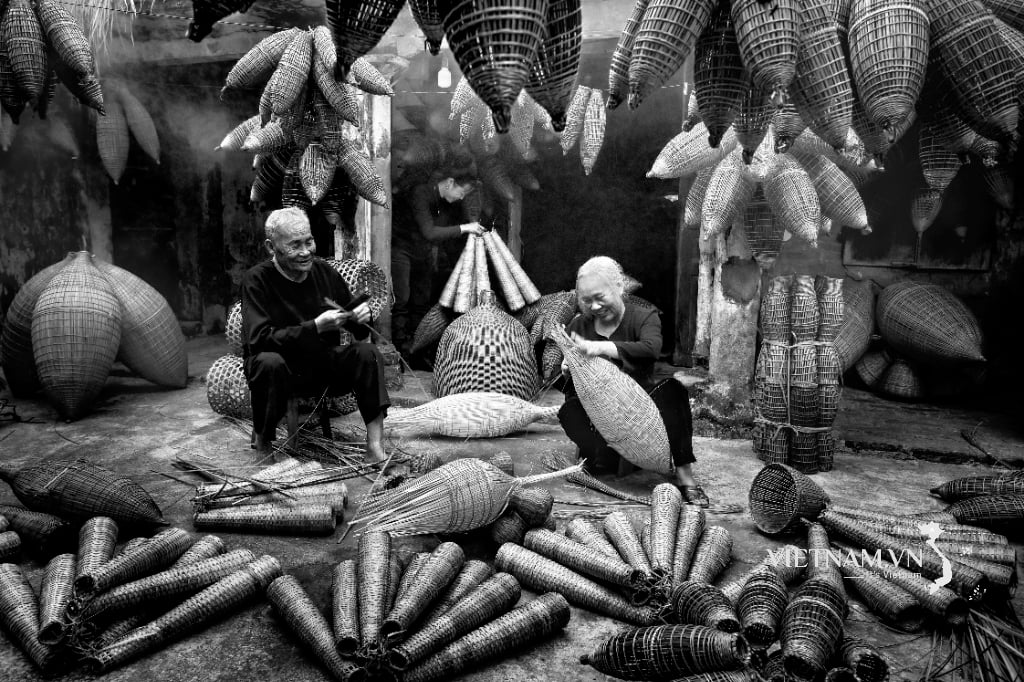
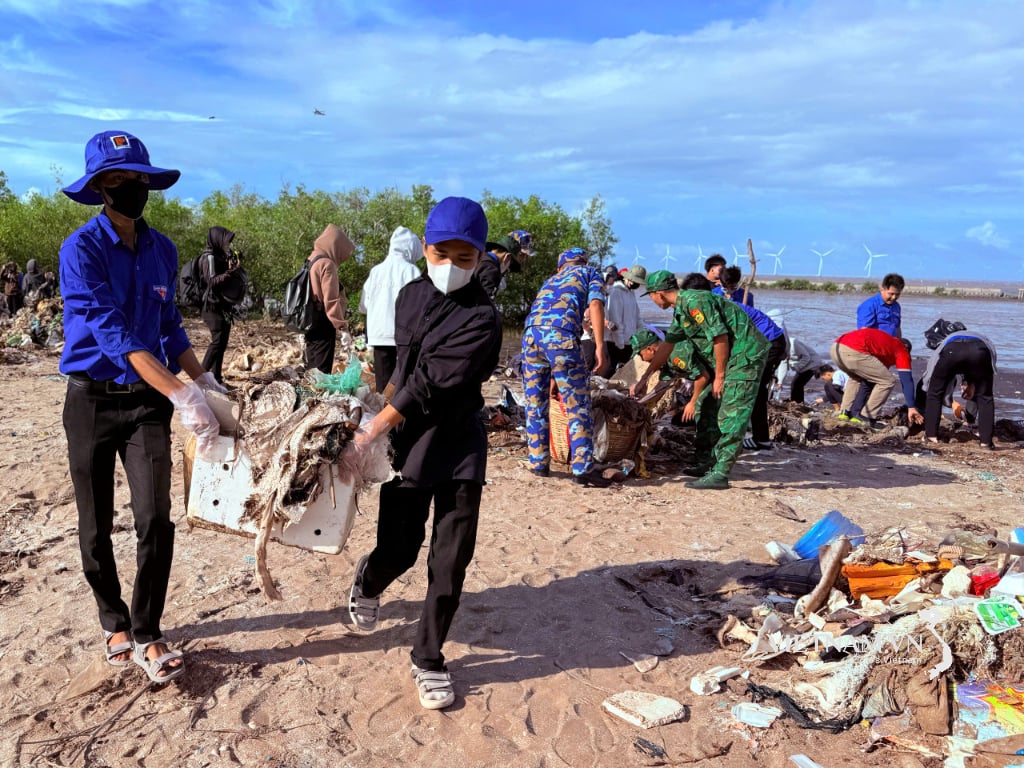
Comment (0)